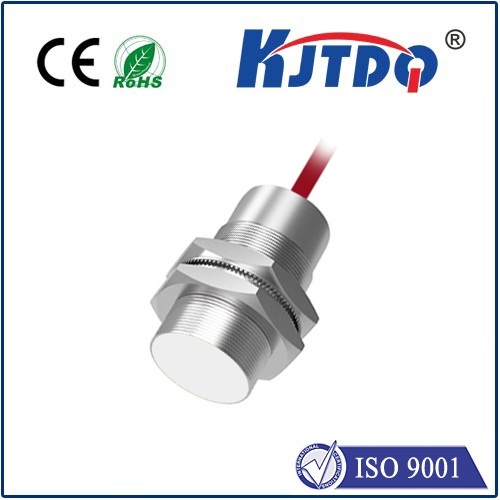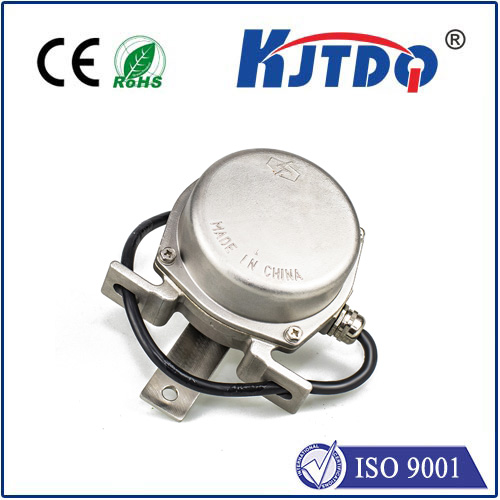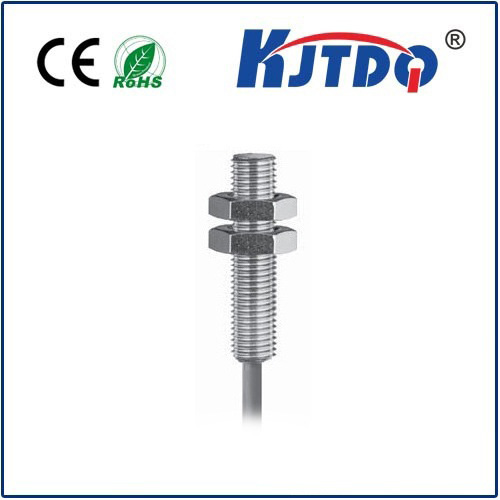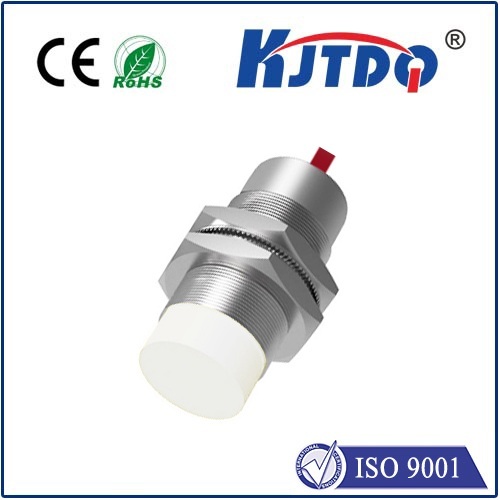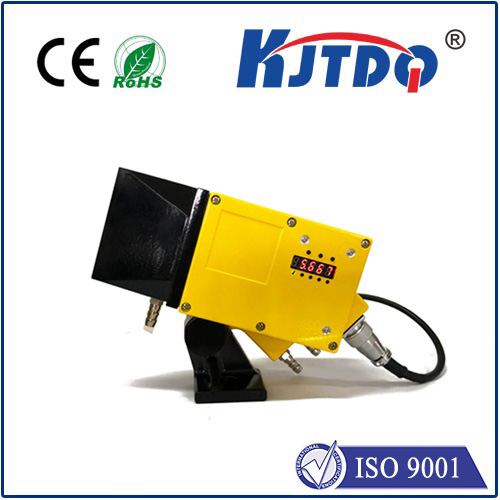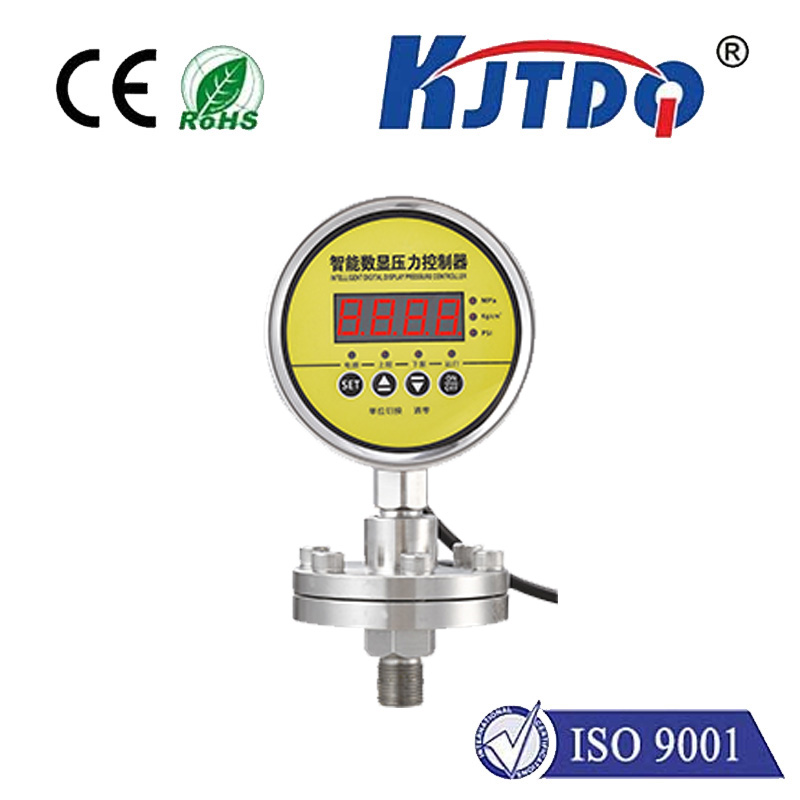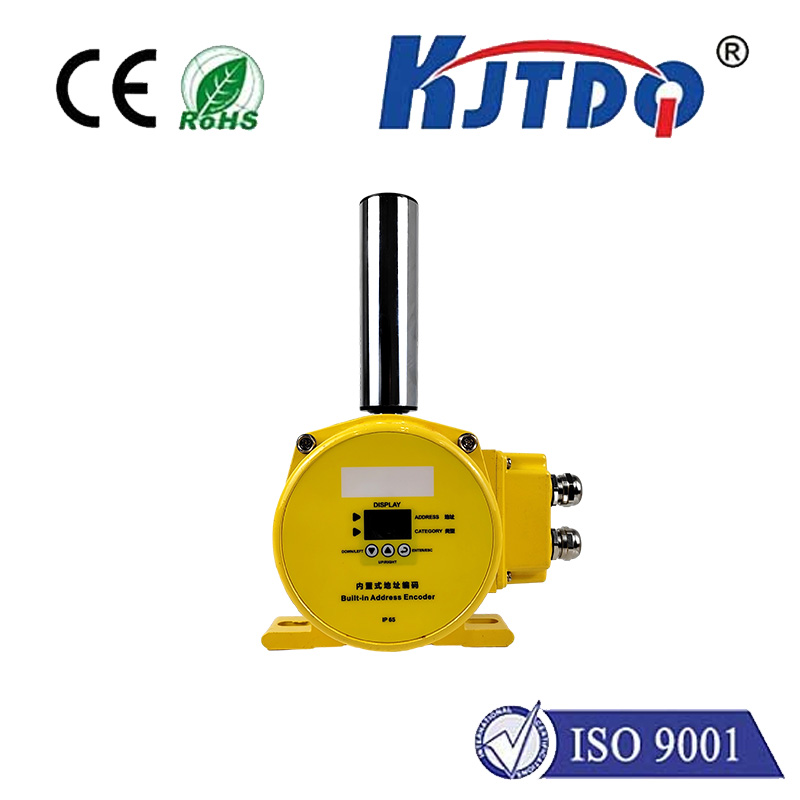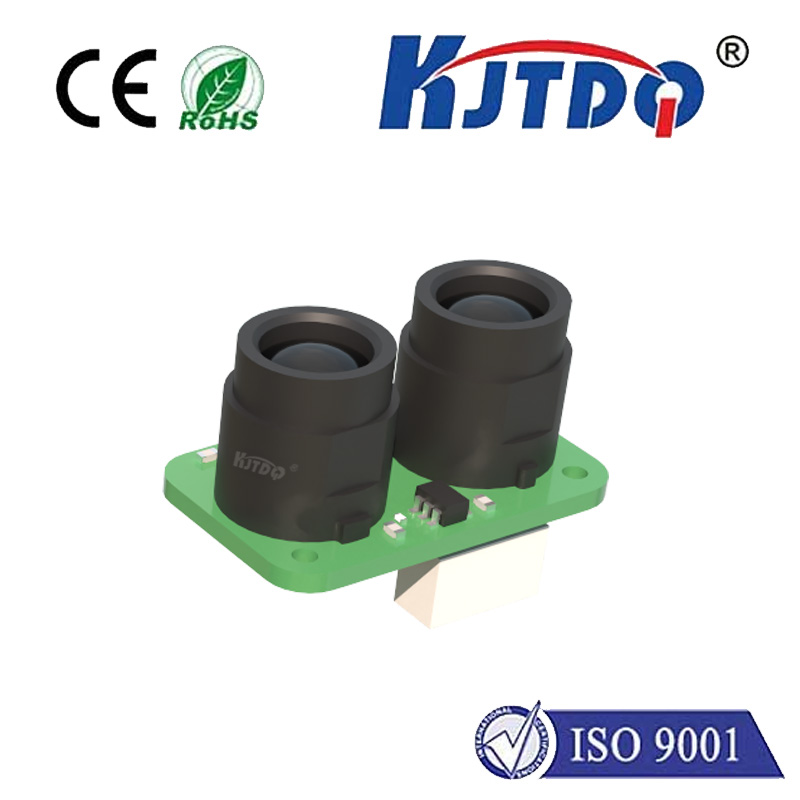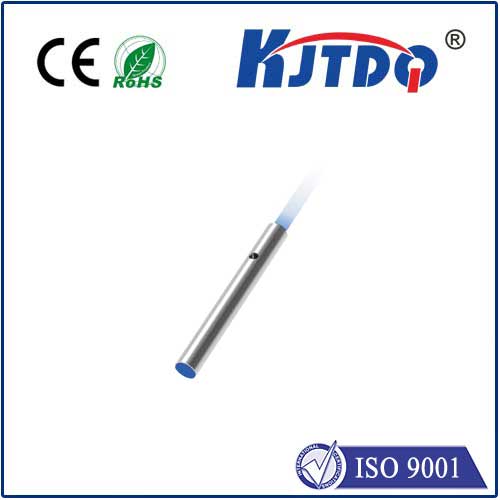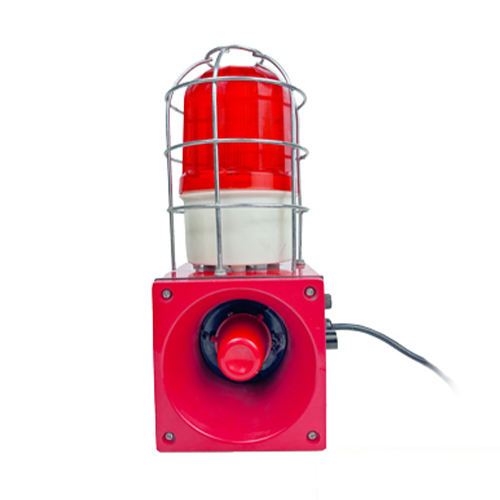

check

check

check

check
Imagine a world where your proximity sensors do more than just detect objects. Where they self-diagnose faults, configure themselves remotely, provide detailed diagnostics, and seamlessly plug into your industrial network. This isn’t science fiction; it’s the reality powered by IO-Link proximity sensors. These intelligent devices are rapidly becoming the cornerstone of modern, flexible, and data-driven automation systems, replacing traditional analog sensors with unprecedented intelligence.
For decades, standard inductive, capacitive, or photoelectric proximity sensors have been the workhorses of factory automation. Reliable? Absolutely. But limited. They typically provide a simple on/off signal. If they fail, diagnosis often requires physical inspection or replacement. Changing sensing distance or output characteristics? That usually meant getting hands-on with a potentiometer – and downtime.
Enter IO-Link: The Simple Standard for Sensor Intelligence. IO-Link isn’t a new fieldbus; it’s a standardized point-to-point communication protocol (IEC 61131-9) operating over an unshielded, standard 3-wire sensor cable. Think of it as a universal language that allows a master device (like an IO-Link enabled PLC or gateway) to communicate digitally with sensors and actuators, including proximity sensors. This simple upgrade from analog or standard digital I/O transforms the humble proximity sensor into a smart sensor.
So, what makes an IO-Link proximity sensor truly transformative?

Rich Data Beyond On/Off: Sure, it provides the core switching signal. But crucially, it transmits valuable diagnostic and process data – device temperature, operating voltage, signal stability, internal parameters, and even specific diagnostic flags like contamination warnings or overload alerts. This predictive maintenance capability allows you to address issues before they cause unplanned downtime.
Effortless Remote Configuration & Parameterization: Forget climbing ladders or stopping the line to adjust a sensor. Parameters like sensing range, switching hysteresis, output type (PNP/NPN), and even operating modes can be changed remotely via the PLC or engineering software. Changing a product batch requiring different sensor settings? Reprogram them in seconds from the control room.
Simplified Wiring and Installation: Standardization is key. IO-Link proximity sensors use the ubiquitous M12 or M8 connectors and standard 3-conductor cables. No complex wiring schemes, no need to run separate analog signal wires. Power, data out, and bidirectional communication all flow over the same cable, drastically reducing installation time and potential wiring errors. They plug directly into an IO-Link master port.
Enhanced Diagnostics & Condition Monitoring: The constant stream of data provides deep insights. Is the sensor operating near its temperature limit? Is the supply voltage fluctuating? Is the target consistently detected at a shorter distance than expected? Continuous monitoring provides early warnings of potential failure modes or process deviations, enabling true condition-based maintenance.
Seamless Integration into Industry 4.0: IO-Link acts as a critical bridge between the simple field level and higher-level control and IT systems (like SCADA, MES, or the Cloud). The structured data (using the standardized IO Device Description - IODD file) from IO-Link proximity sensors is readily consumed by PLCs but can also be aggregated and utilized for data analytics and overall equipment effectiveness (OEE) calculations, feeding the digital thread of your smart factory initiatives.
Where Do IO-Link Proximity Sensors Shine? The Applications:
Implementing IO-Link Proximity Sensors: Key Considerations
Moving Beyond Simple Detection. The shift from traditional proximity sensors to IO-Link-enabled proximity sensors represents a fundamental upgrade in capability and intelligence. It’s not just about detecting an object anymore; it’s about harnessing data to optimize processes, predict failures, reduce downtime, and enable unprecedented flexibility in manufacturing and automation.
While the initial cost per sensor might be slightly higher than a basic analog sensor, the operational savings through reduced wiring complexity, drastically faster commissioning & changeovers, minimized downtime via predictive maintenance, and valuable process insights deliver a compelling return on investment (ROI). In an era demanding flexibility, efficiency, and data-driven decision-making, the IO-Link proximity sensor is more than a component; it’s an essential enabler of smarter, more resilient, and future-proof automation systems.
